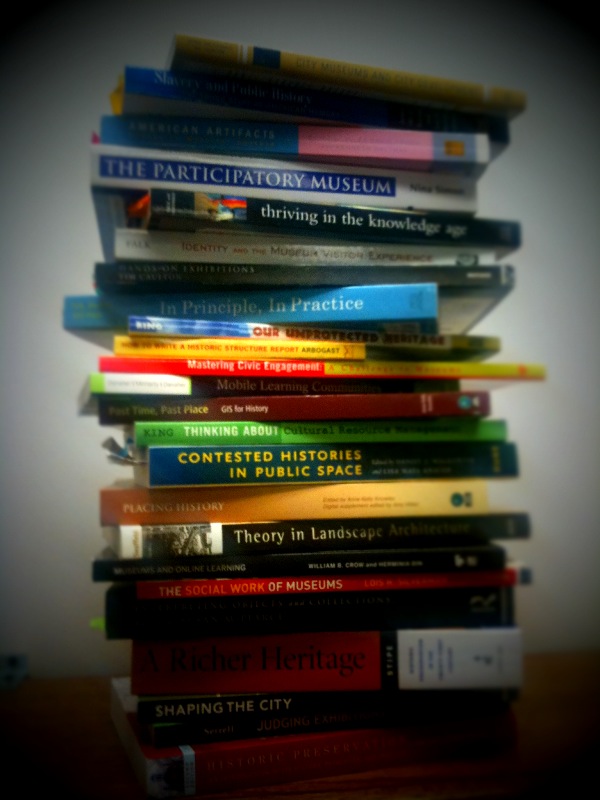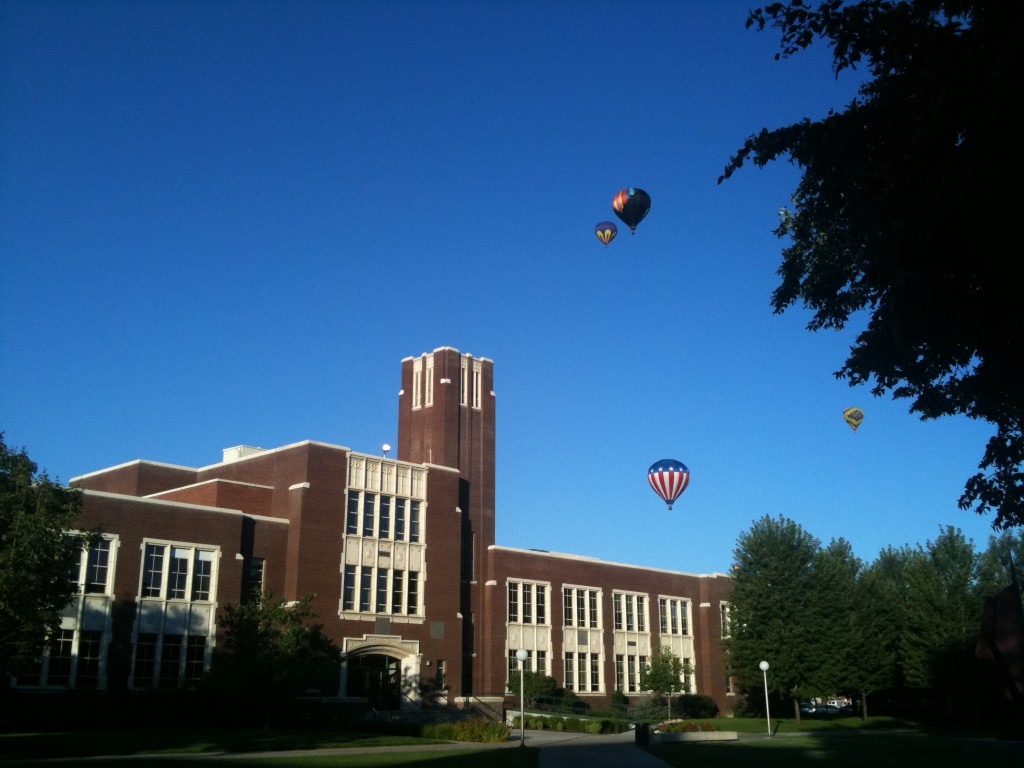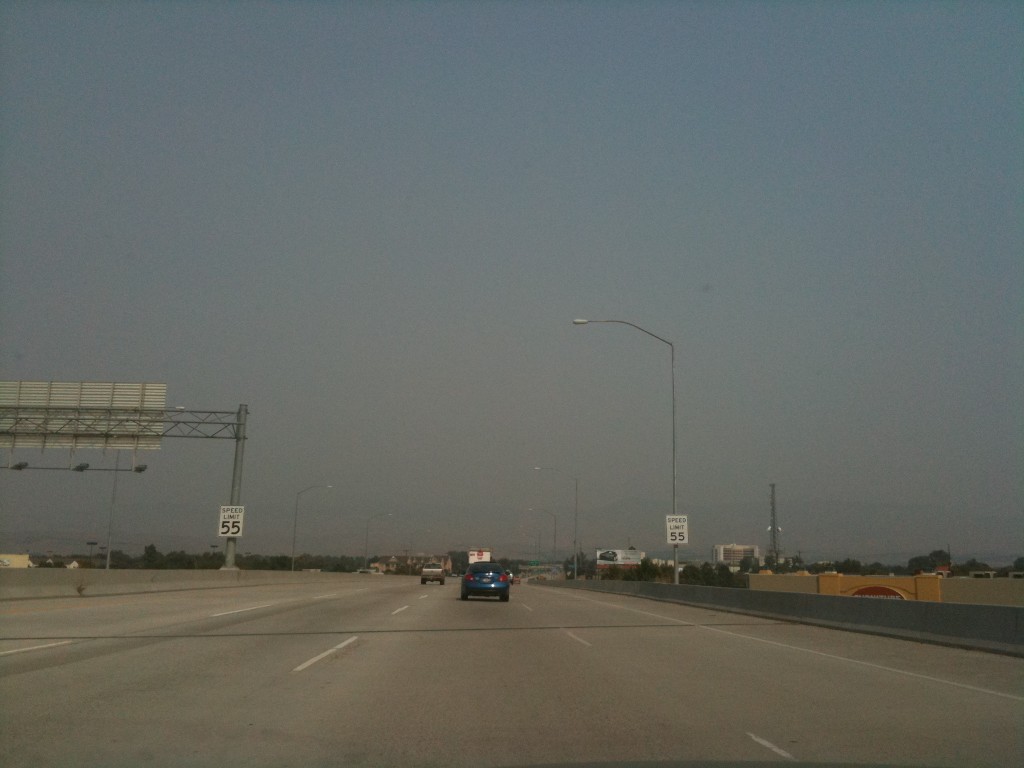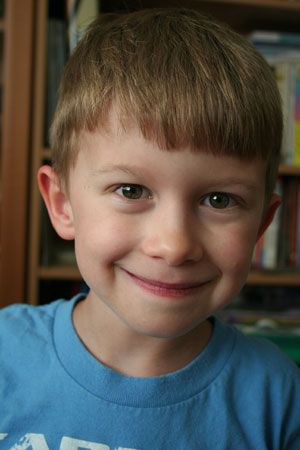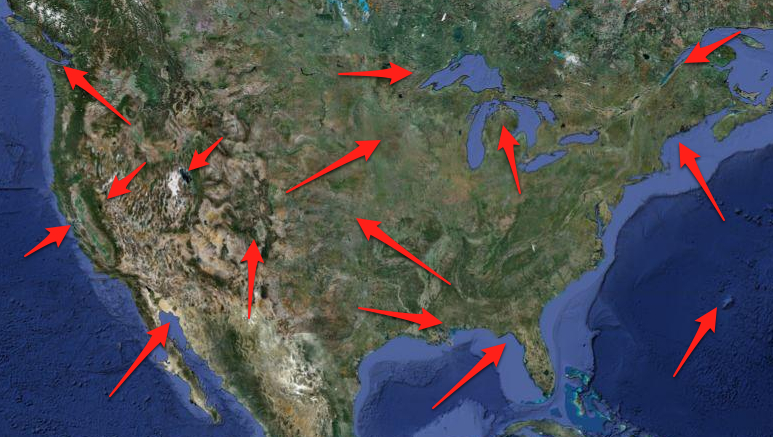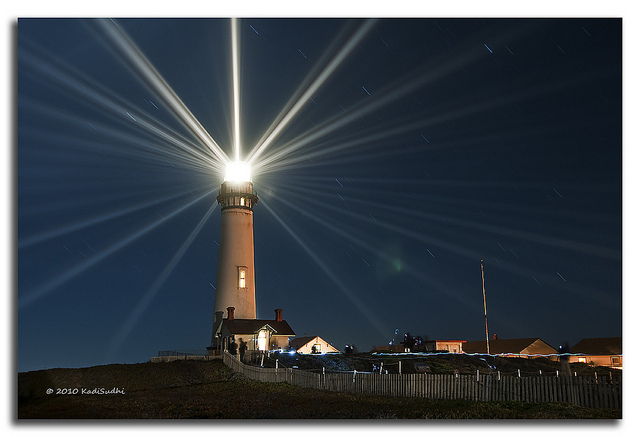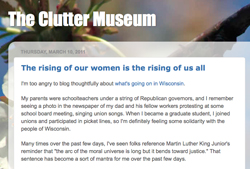Havi Brooks has a really useful practice she calls The Book of Me; basically it’s a notebook where she jots down things she notices about herself–her feelings, body, attitudes, productivity, and more–so that she can revisit her observations and improve her future experiences with a place, event, person, etc. You can read more about it in her post The Book of You, although if you search her blog for the phrase “book of me,” you’ll find quite a bit of elaboration on, and examples of, the practice.
I’ve been taking mental notes for The Book of Me for quite some time, but I admit I’ve been pretty lazy about writing them down.
That ends today.
One of my recurring frustrations is–surprise!–grading my students’ essays. You’d think that after 12 years of being in the college classroom, including three years as a faculty consultant where I helped professors improve their own grading practices, that I’d have a better sense of what works for me.
Nope!
Every time I have to comment on undergraduate student work, I end up with a giant stack of essays the night before I wish to return them to students. (Note: Despite the practices I’m about to describe, I am pretty successful at returning essays within one week if the class has fewer than 40 students; more than that and I tend to need nine days.)
At that point I’m usually worn down, both by my actual work and the thought of having to do all that grading. Then I read the first really awful essay and start to spiral into a depression. This feeling is made worse when I’ve taken the time (as I do 95% of the time) to coach students on how to construct an argument and support it with evidence from primary and secondary sources–because hey, then I’ve failed, too.
I took some notes for the Book of (Grading) Me when I was 35 essays into my most recent 45-paper stack, in the hopes they help me avoid some discomfort at semester’s end, when the next big batch comes in. Here they are:
Even though the end is in sight, I’m teetering on that brink of depression thanks to all the frustration and anger I let myself feel.
My Facebook status currently expresses my desire to scrawl “WTF?!?” across several pages of students’ papers. (It also reads “GRADING HULK SMASH BULLSHITTING ABOUT PURITANS.”)
I’d like to remind myself, then, of a few things that ease the process. Some of these I discovered on my own; some were tips from wiser faculty than myself; and others I learned from Havi (can you tell I’m a big fan of hers?):
Things that help:
- a timer with a nice chime (iPhone for the win)
- a cushion on the chair if I’m sitting in the kitchen
- Shiva Nata
- dancing to release anger and frustration
- stretching to release pent-up stress in neck and back
- rolling around on the floor (my version of Old Turkish Lady yoga)
- entry and exit rituals (gentleness vs.”steeling myself”)
- iced tea or hot chocolate
- fresh fruit and/or yogurt
Things that don’t help:
- soda, sugar, and high-carb foods in general
- avoidance
- staying up very late to grade (waking up early works better, in an emergency)
- trying to grade with Lucas sitting in the same room (there will be cuteness and conversation)
- beating myself up for procrastinating
- having a computer nearby to check for plagiarism, as I will inevitably drift elsewhere online
What about you? What works for you when you’re facing a stiff sentence in grading jail?
